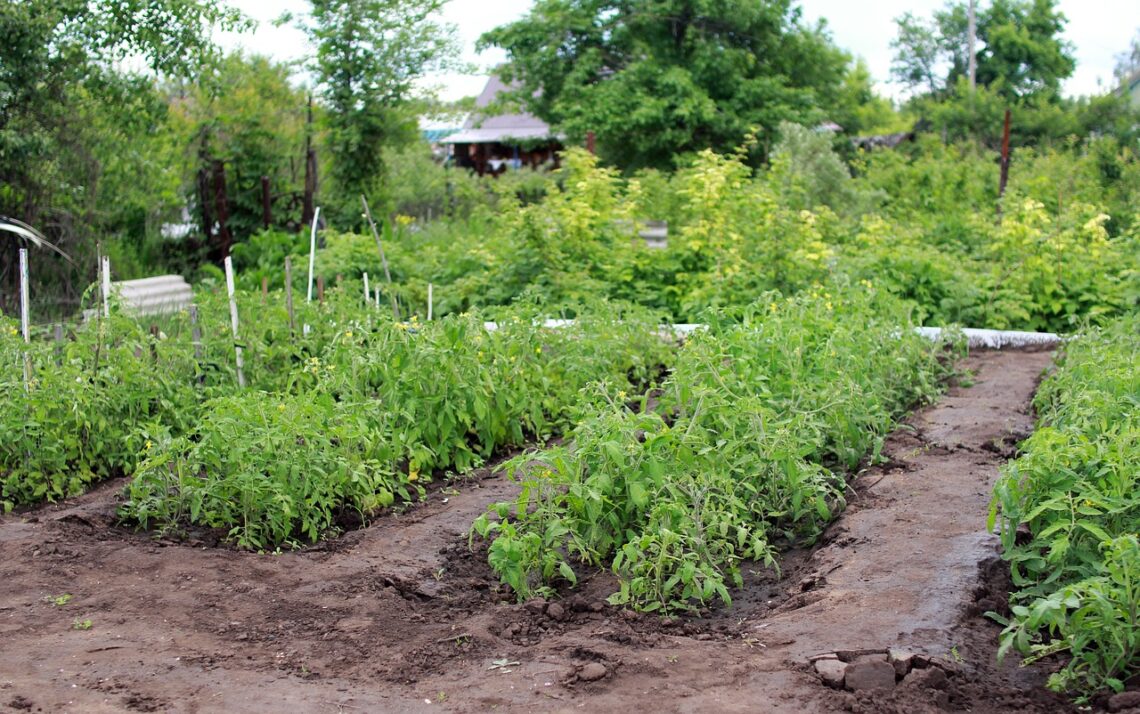Learn how to use crop rotation for garden pest control, plant disease prevention and soil health!
Vegetable gardens are a joy to keep and there’s nothing like stocking your kitchen and canning shelves with the freshest, homegrown produce! But plant pests and diseases can buildup in garden soils over time and create a huge headache for growers. Not to mention, soil can become depleted and produce smaller plants if its not amended regularly.
Some gardeners resort to chemical pesticides and synthetic fertilizers to fix these problems, but many soil issues can be naturally improved with crop rotation. This age-old, organic gardening technique, helps rebuild soil and works to tackle soil dwelling pests and diseases so they don’t continue to plague vegetable gardens. Use the crop rotation garden tips in this guide to enhance soil health and nip recurring pest problems in the bud!
Affiliate disclosure: As an Amazon Associate, I may earn commissions from qualifying purchases.
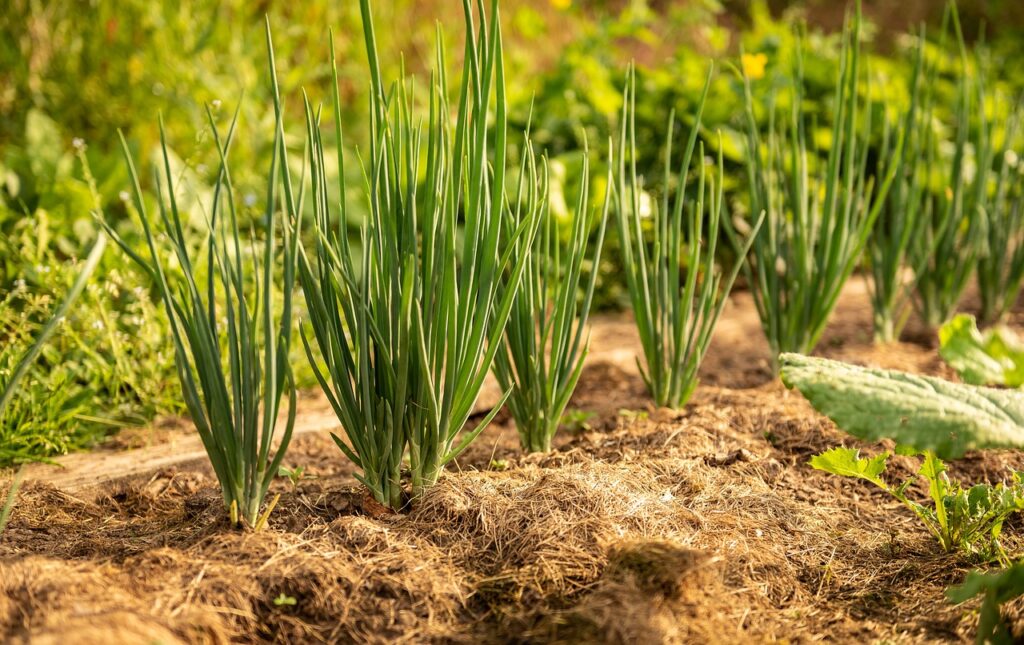
What is Crop Rotation?
Crop rotation is a basic gardening method in which certain plants, or plants in the same plant family, are planted in different locations in gardens on a 3+ year cycle. Plants can be grown in different zones within a single garden bed, or they can be rotated around multiple raised beds, growing containers or other growing spots. This helps to prevent the depletion of soil nutrients, but it also inhibits the buildup of pests and diseases that depend on particular host plants.
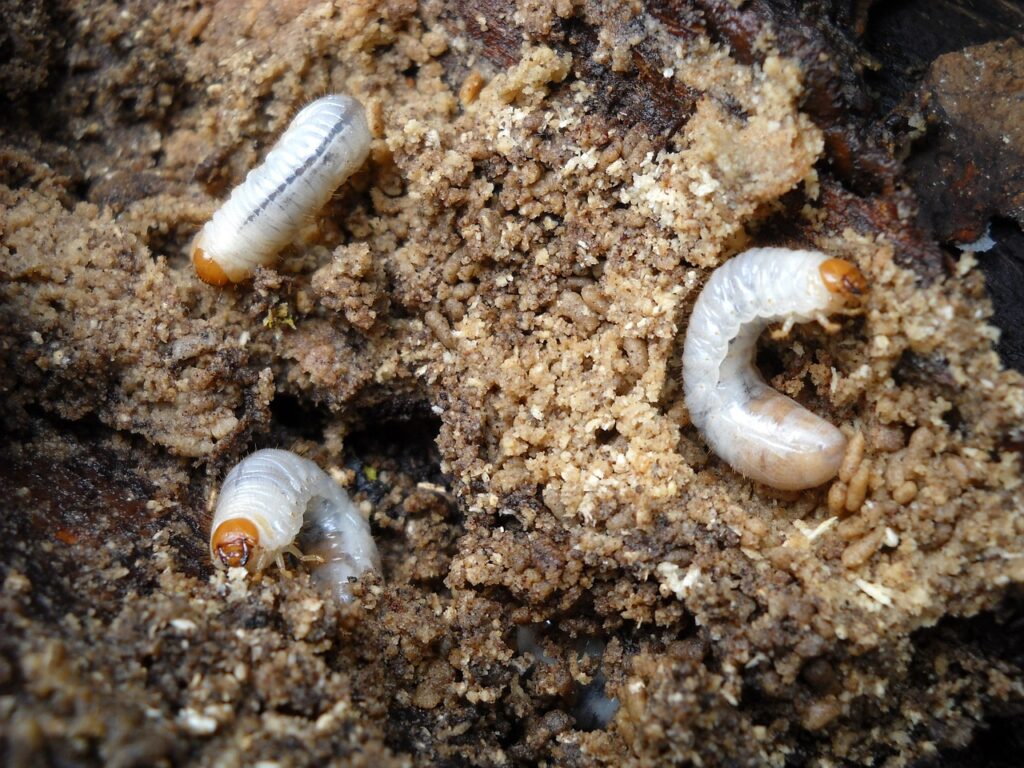
Benefits of Crop Rotation
Soil is a living thing composed of microorganisms like bacteria and fungi, which help plants grow better. But if gardens are repeatedly planted with heavy feeding crops, soils can get worn out and become nutrient deficient. Beyond that, repeatedly sowing the same plants in the same location can cause a buildup of plant pests and diseases and make plants more susceptible to issues.
But rotating crops helps to break this pest and disease cycle and it can improve garden soils too. Some of the main reasons why you may want to experiment with crop rotation include:
- It reduces soil dwelling pests, like squash vine borers and cucumber beetles.
Moving plants around confuses pests and makes it harder for them to find their plant targets! - It limits the spread of plant diseases, like wilt and blight.
Many plant diseases produce spores that accumulate in soils and reinfect susceptible plants year after year. - It boosts soil fertility.
Particularly if you use legumes and cover crops in your crop rotation cycle. - It can increase harvest yields.
After all, healthier soil is more productive soil!
Of course, crop rotation alone won’t fix all of your gardening woes, but it’s one tool to add to your gardening arsenal and it’s particularly effective when combined with other organic gardening tools and techniques!
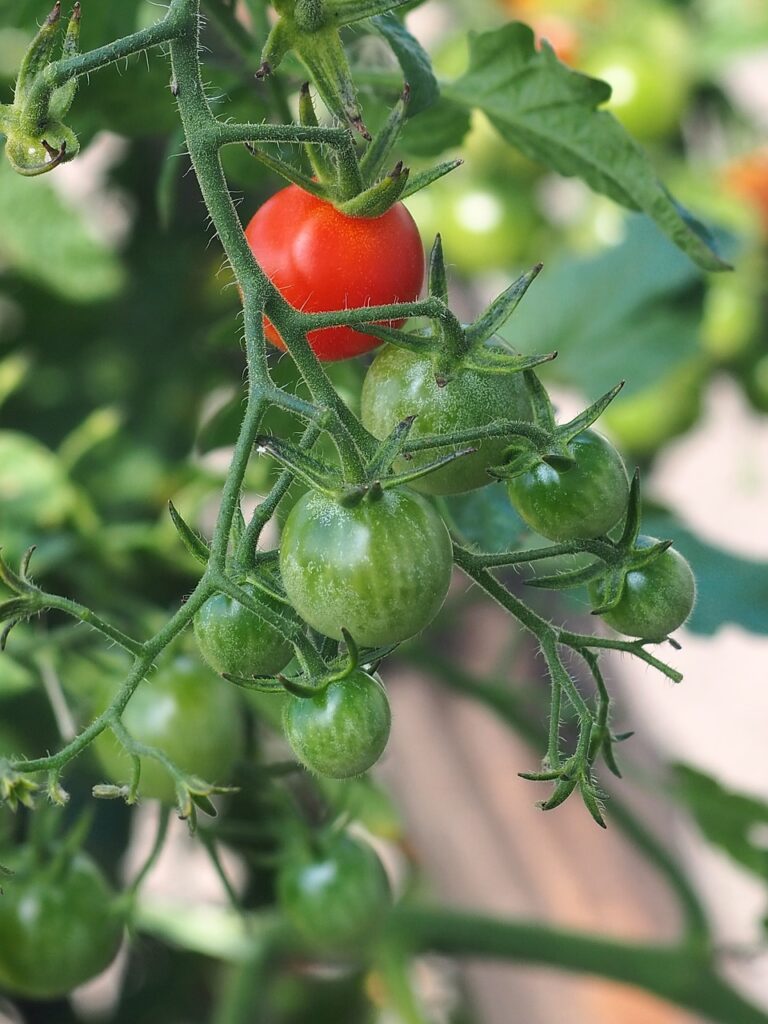
13 Garden Vegetable Rotation Tips for Beginners
Crop rotation can feel complicated at first, but it’s a pretty simple technique to master. When planning out your garden this season, try using some of the crop rotation tips below and see if you notice a difference in your vegetable harvest!
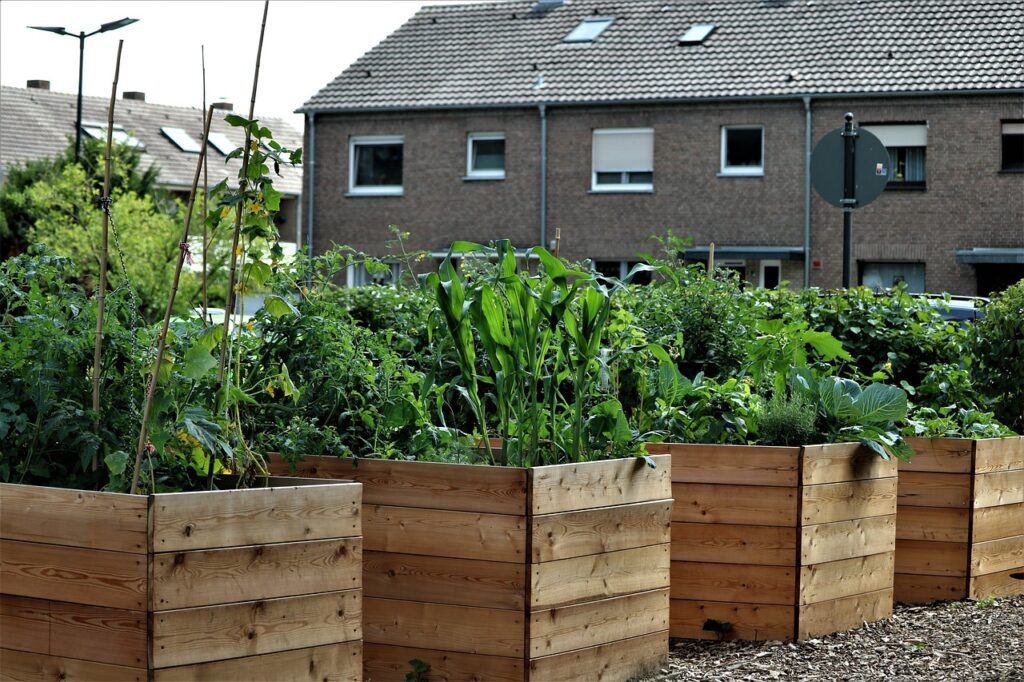
1. Try raised bed gardening.
Crops can be rotated within a single, inground garden, but crop rotation in raised beds is even easier… especially if you have a few raised bed gardens to work with! For instance, if you plan on rotating crops on a 3-year cycle, you can build 3 raised beds and rotate your crops between those 3 beds. This will create a crop rotation plan that’s super easy to keep track of and it will make it even harder for pests to find their target plants.
Example of a “totally real” conversation I had when planning out crop rotation for tomatoes in a 3-raised bed system: “I planted tomatoes in bed #1 last year, so I’ll plant tomatoes in bed #2 this year, bed #3 next year, and back to bed #1 the following year!” Easy, peasy.
Tip: If you don’t have space in your yard for a bunch of raised beds, you can also create smaller “pocket gardens” in a sunny and underutilized section of your yard. Then rotate crops in and out of those areas as part of your crop rotation cycle.
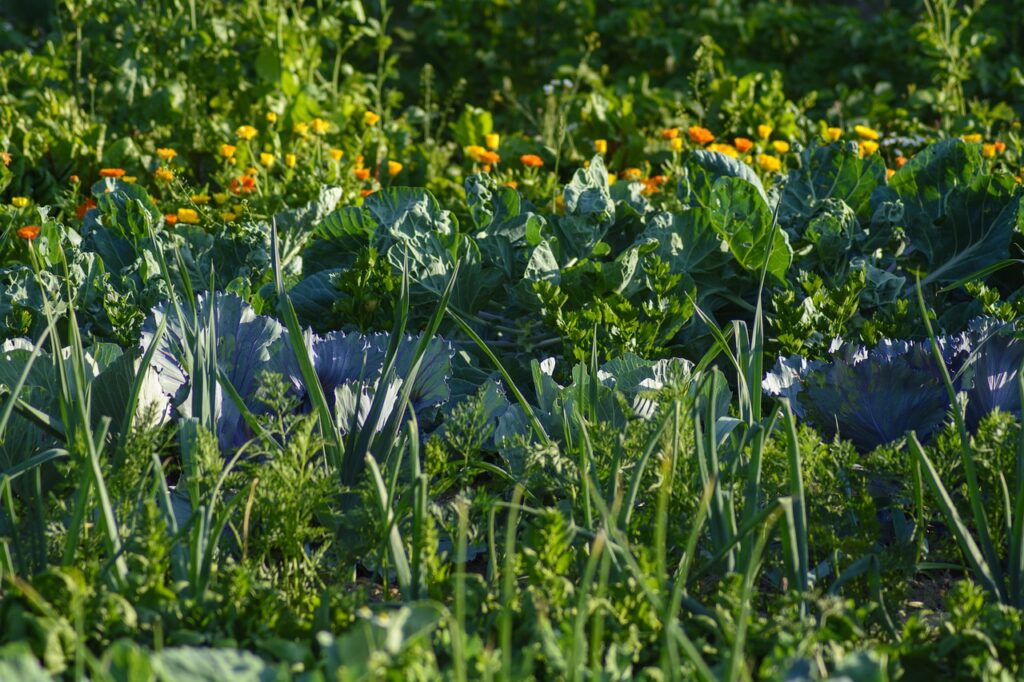
2. Divide your garden into zones.
If you don’t have room for multiple raised beds, you can still rotate crops within a single garden. Inground gardens or raised beds can be divided into zones and then crops can be rotated between those zones as needed. This is a great way to save space and still rotate crops for plant health.
Tip: If you need extra space for crop rotation, large planters and grow bags can also be incorporated into your crop rotation plan!
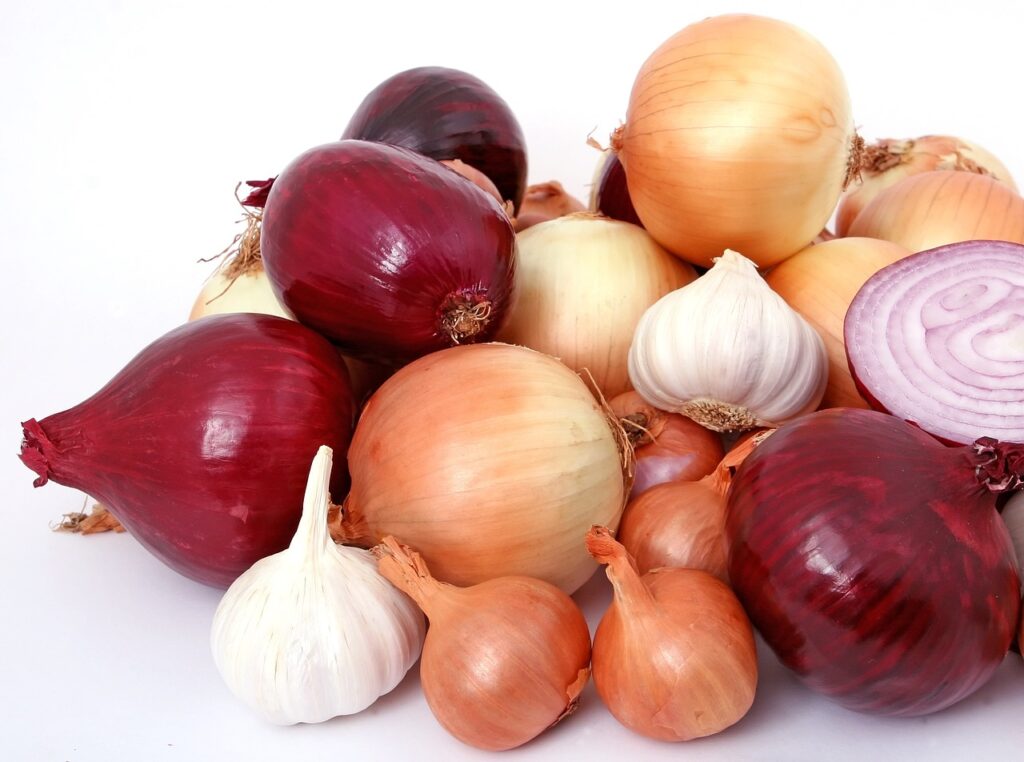
3. Group plants into families.
Plants in the same plant family are usually susceptible to the same pests and diseases, so plant families (rather than individual plants) are typically rotated around gardens together in a group. This simplifies crop rotation immensely since you’ll just need to keep track of a few plant families, rather than a bunch of individual crops!
For crop rotation purposes, plants are usually grouped into these main plant families, which are then rotated together as a group:
- Nightshades, like tomatoes, potatoes, peppers, eggplants, tomatillos, and ground cherries.
- Legumes, like peas, beans, and peanuts.
- Brassicas, like cauliflower, kale, Brussels sprouts, broccoli, turnips, radishes, cabbage, bok choy, mustard greens, and collard greens.
- Cucurbits, like cucumbers, squash, zucchini, gourds, melons, and pumpkins.
- Umbellifers, like dill, carrots, celery, and parsley.
- Alliums, like leeks, onions, shallots, scallions, and garlic.
Of course, there are other plants beyond these plant families that can also be included in crop rotation plans. Plants like corn, okra, and lettuce, are usually incorporated into crop rotation cycles on their own as they’re not closely related to common vegetable garden plants and/or they’re not particularly prone to the pests and diseases that target other crops. These plants can be particularly useful for breaking pest and disease cycles!
Tip: Try growing brassicas after legumes in a crop rotation plan. Brassicas benefit from the nitrogen left behind by legumes!
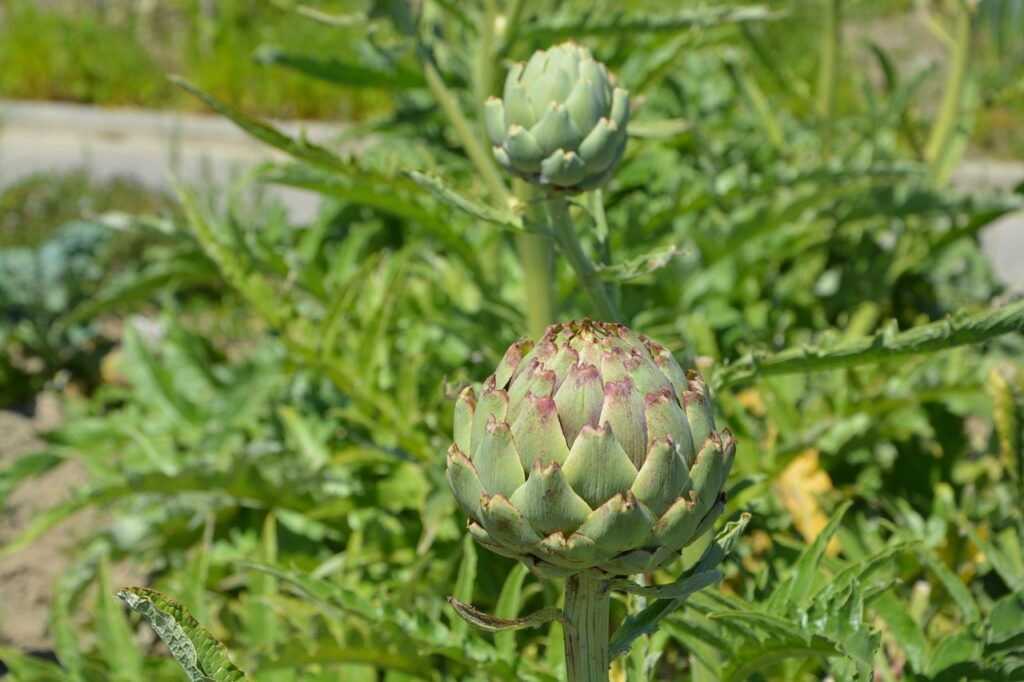
4. Skip perennial plants.
Crop rotation is just for annual plants and you don’t need to include perennial vegetables or perennial herbs in your rotation plan. Popular edible plants that don’t need to be rotated include:
- Rhubarb
- Asparagus
- Berry bushes
- Horseradish
- Artichokes
- Lavender
- Sorrel
- Lovage
- Oregano
- Sage
Tip: I like growing perennial edibles in their own dedicated bed or in one side of my garden so I don’t need to worry about disturbing them when I plant my annuals!
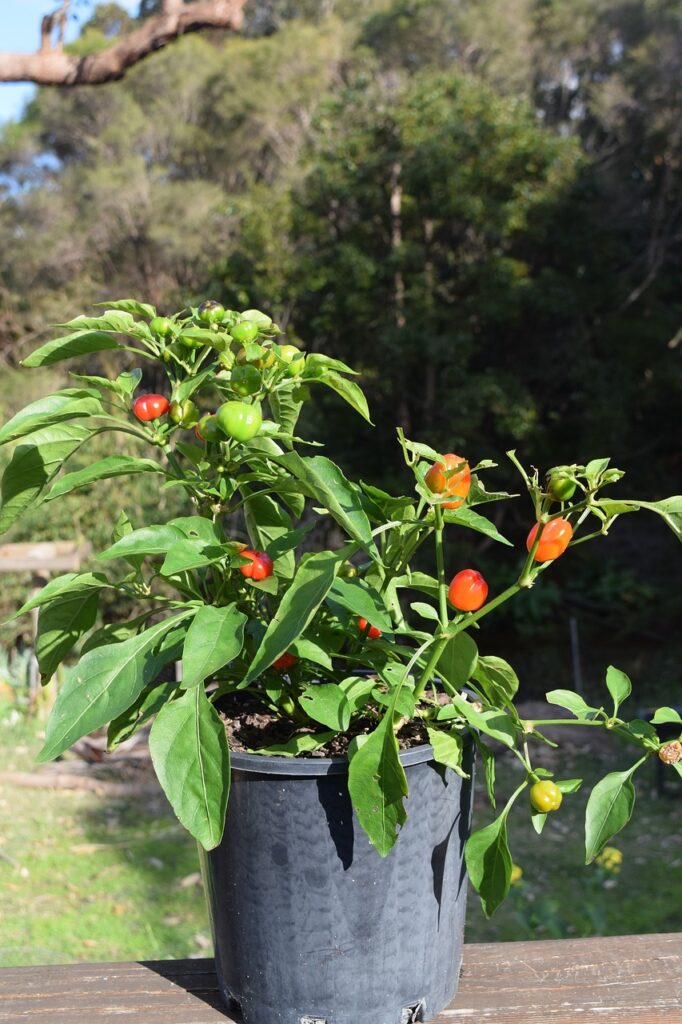
5. Go slow.
It’s recommended to rotate crops on at least a 3 year cycle, but longer rotation cycles are even better. If you have a large garden space, you can rotate crops on 5- or even 10-year cycles. These long crop rotation strategies are even better for reducing pest and disease problems!
Tip: If pests or diseases are really problematic, skip growing the plants that are most prone to those issues for a year or two.

6. Take advantage of space.
Moving plant families far from their original growing spot can be challenging if you’re working with a small garden. But if you have a large growing space, try rotating crops as far from their original growing location as possible. Many pests, especially soil-dwelling ones, don’t travel far in search of food and moving their favorite plants far away can thwart these pesky pests!
Tip: Some plant diseases and pests can hide out in old plant debris and reemerge to cause problems later on. Be sure to destroy diseased or infested plant matter to limit pest and disease spread.

7. Keep notes!
It can be hard to keep track of what you planted where and when… especially if you’re working with a long crop rotation cycle. But that’s why keeping notes is so handy. Try writing down your crop rotation plan in a notebook, draw it out in a color coded map, or take pictures of your vegetable garden layout every year to help you remember!
Tip: I personally rotate my crops on a 4-year cycle and sketch out my 4-year crop rotation plan on graph paper.
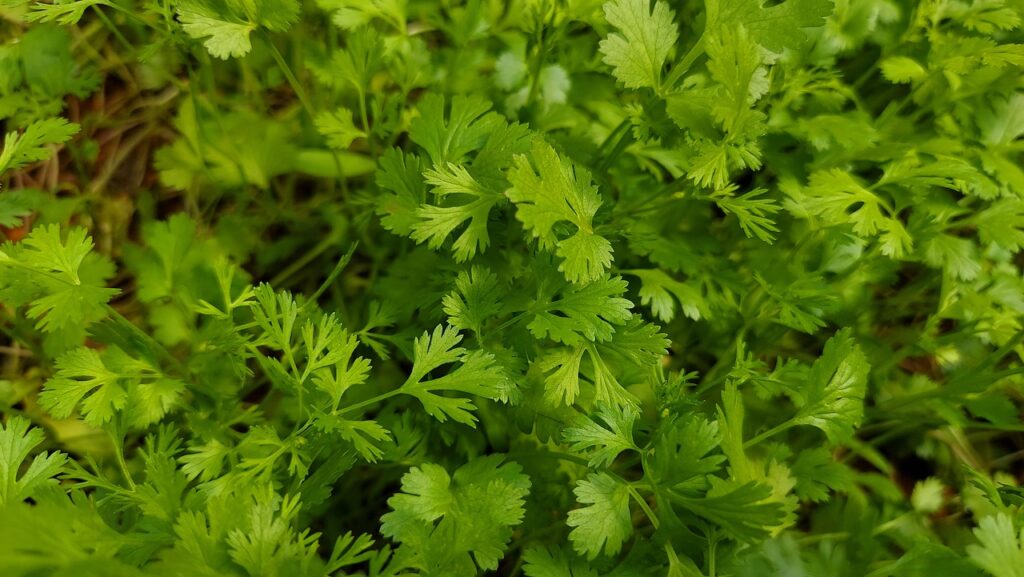
8. Alternate heavy feeders with light feeders.
Some plants use up a lot of soil nutrients and growing heavy feeders in one part of your garden can deplete soil nutrients fast. But you can limit nutrient loss by alternating heavy feeding plants, like nightshades and brassicas, with light feeders that don’t use up a lot of nutrients — annual herbs and most root crops fall into this category!
Tip: Applying compost annually can also help build soil and prevent soil nutrient loss!
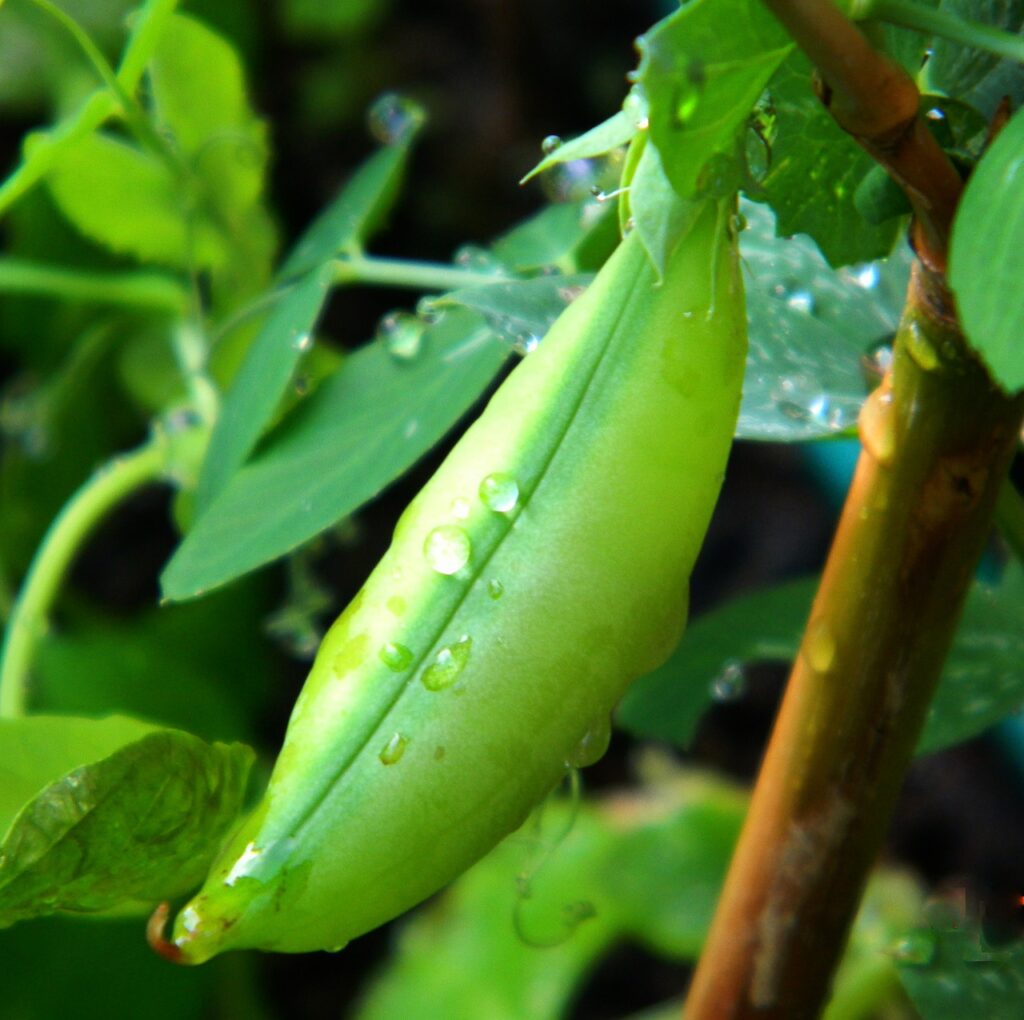
9. Grow nitrogen fixing plants.
While heavy feeders deplete garden soil, some plants actually add nutrients to gardens and build soils over times. This includes plants in the legume family, like beans and peas, as well as some cover crops. Adding these plants to your crop rotation plan can boost soil fertility and enhance the health of the plants that grow in that area next!
Tip: For best results, cut away the top of bean and pea plants at the end of the growing season, but leave their roots in your garden bed. Legumes have nitrogen fixing roots, which contribute more nitrogen to soils as they decay!
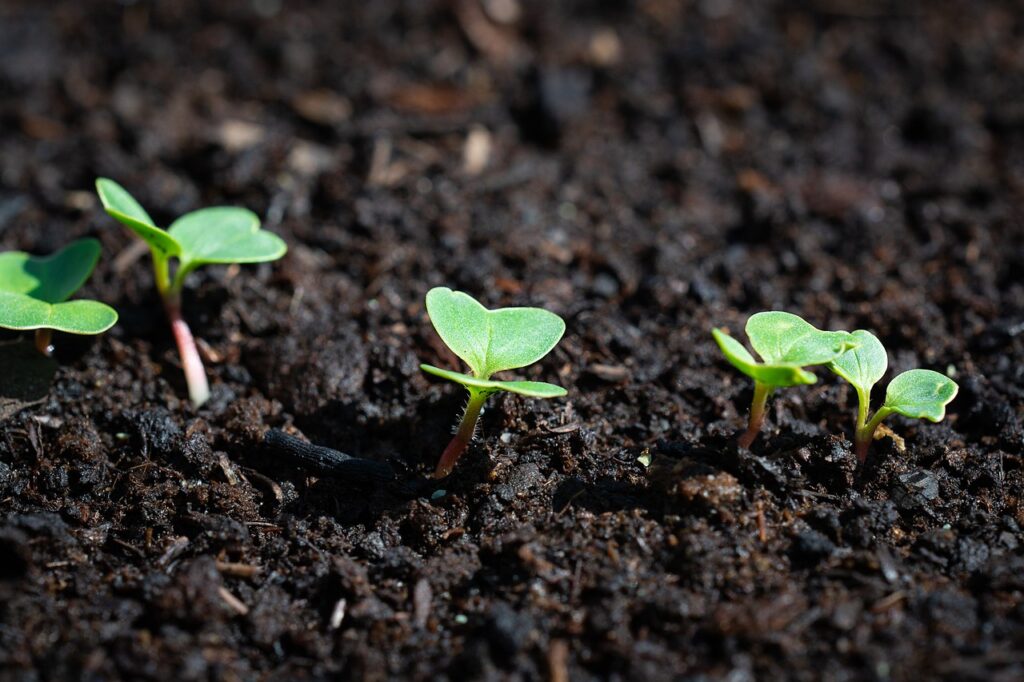
10. Combine crop rotation with succession sowing.
Plants are usually rotated on an annual cycle, but if you’re succession planting fast-growing crops like radishes, you can rotate those quick growers several times within a single season. For instance, grow radishes in one garden zone in spring, but then plant beans in that spot in summer and turnips in that area in fall. This keeps pests in check, balances soil nutrients and helps you get more food out of a small space garden!
Tip: Some plants that are great for succession planting include radishes, turnips, beets, carrots, lettuce, bok choy and other leafy greens, bunching onions, and peas.
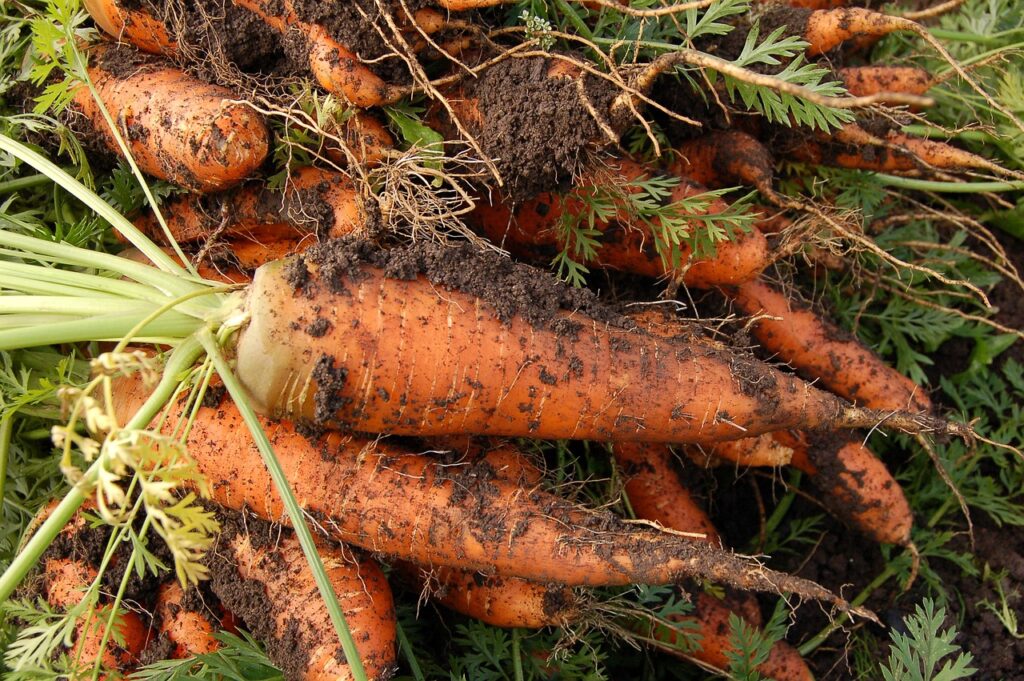
11. Use root crops to your advantage.
Plants with long tap roots, like carrots, parsnips, and salsify, can break up tough soils and improve soil structures over time. If you have hard or compact earth, try adding root crops to your crop rotation cycle. After root crops are harvested, they leave behind air pockets in the soil, which increases soil aeration and can make gardens drain better too.
Tip: Deep rooted cover crops, like daikon radishes and red clover, can also be used in crop rotation plans to aerate compact soils.
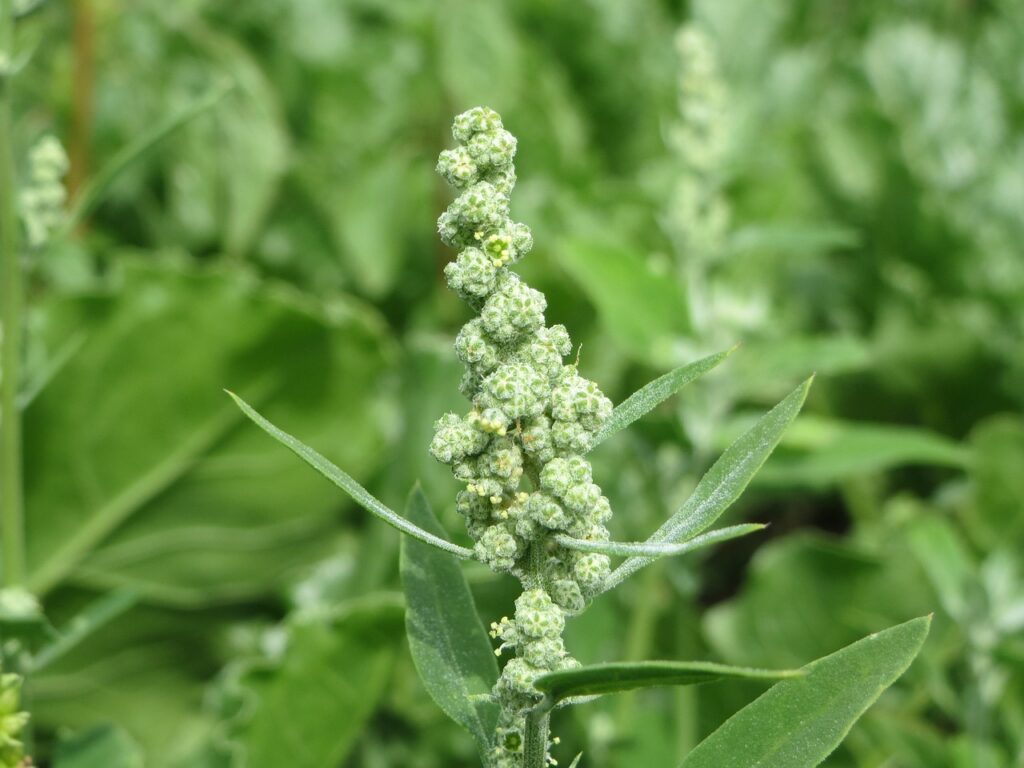
12. Control weeds.
Some pests and diseases will use weeds as host plants if they don’t have access to their favorite vegetable crops. So it’s important to stay on top of weeds if you want your crop rotation strategy to be as effective as possible. Hand pulling weeds with a hori-hori can work quite well, but you can also smother out weeds with mulch or deprive weeds of water using drip irrigation systems.
Tip: Drip irrigation systems direct water straight to vegetable roots, which means there’s less water available for fueling weedy growth!
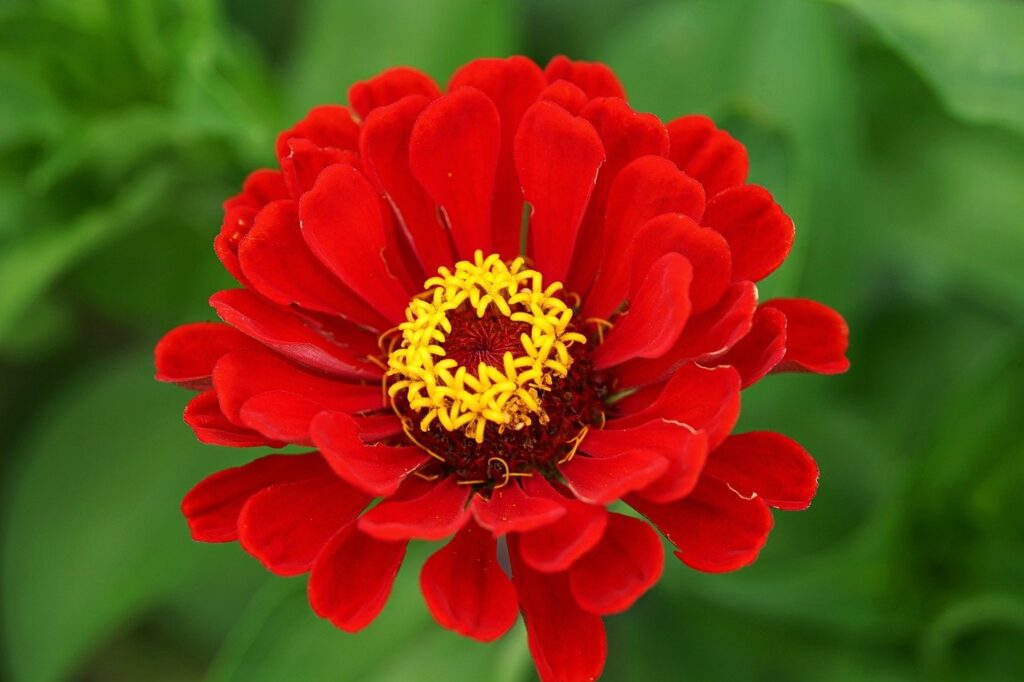
13. Utilize other organic pest control methods.
Crop rotation can be an effective way to improve soils and mitigate plant pests and diseases, but this planting strategy works best when used in conjunction with other organic gardening techniques.
To stay on top of pests, combine crop rotation with companion planting and floating row covers installed at the beginning of the season. And don’t forget to destroy infested plant matter in fall!
To stay on top of diseases, use crop rotation, but also grow resistant plant cultivars and destroy infected plant matter in fall. Watering plants at the base and keeping plant leaves dry can also help prevent foliar diseases, like powdery mildew.
To improve soils, rotate crops, apply slow release organic fertilizers, add compost, or worm castings, and grow cover crops too!
Tip: Compost piles may not get hot enough to kill off pests and diseases, so it’s best to avoid composting diseased or infested plant matter. Instead, destroy these materials with burning or bag them and throw them in the trash. Research that plants are safe to burn before burning them.
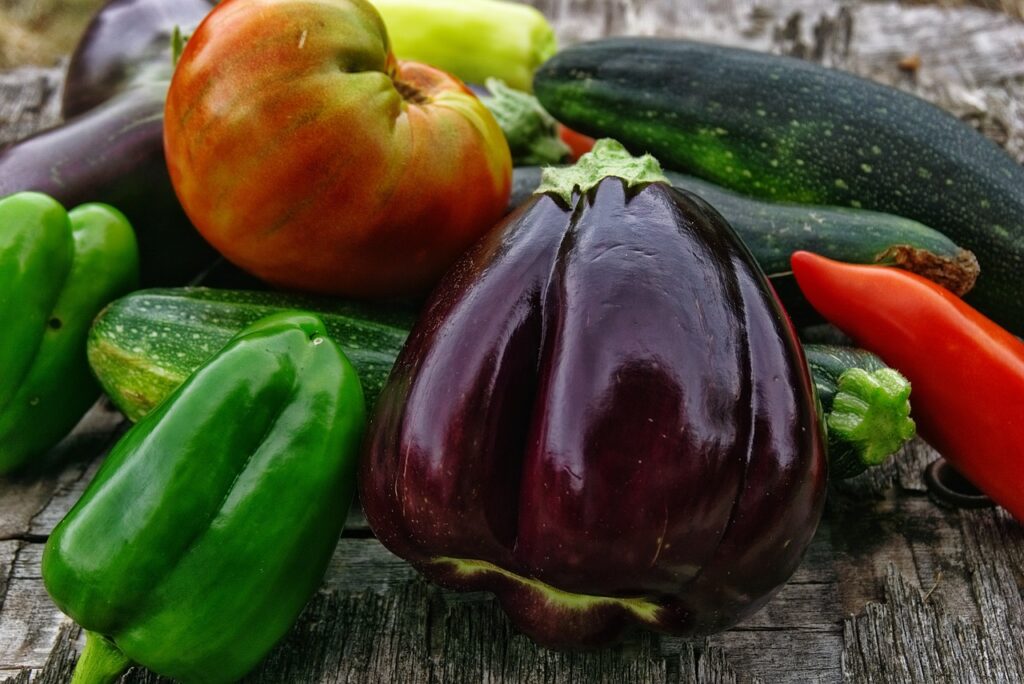
Frequently Asked Questions About Crop Rotation for Home Gardens
What’s a good crop rotation example for brassicas?
Brassicas are heavy feeders, so it’s best to grow them after nitrogen-fixing legumes. After brassicas are harvested, grow non-brassica cover crops to add nitrogen back into the soil or grow root veggies, like carrots, that don’t need lots of nitrogen.
How do you do crop rotation for potatoes?
Heavy feeding potatoes and other nightshades grow well when rotated with legumes. After potatoes and other nightshades are harvested, legumes will add nitrogen back into the soil and prevent soils from becoming rapidly depleted.
What’s a corn crop rotation example?
Corn plants are heavy feeders that deplete soil nutrients, so you know they’ll grow well if they’re planted after legumes. Although potatoes are also heavy feeders, they will usually grow nicely when planted after corn, but legumes can also be planted after corn.
